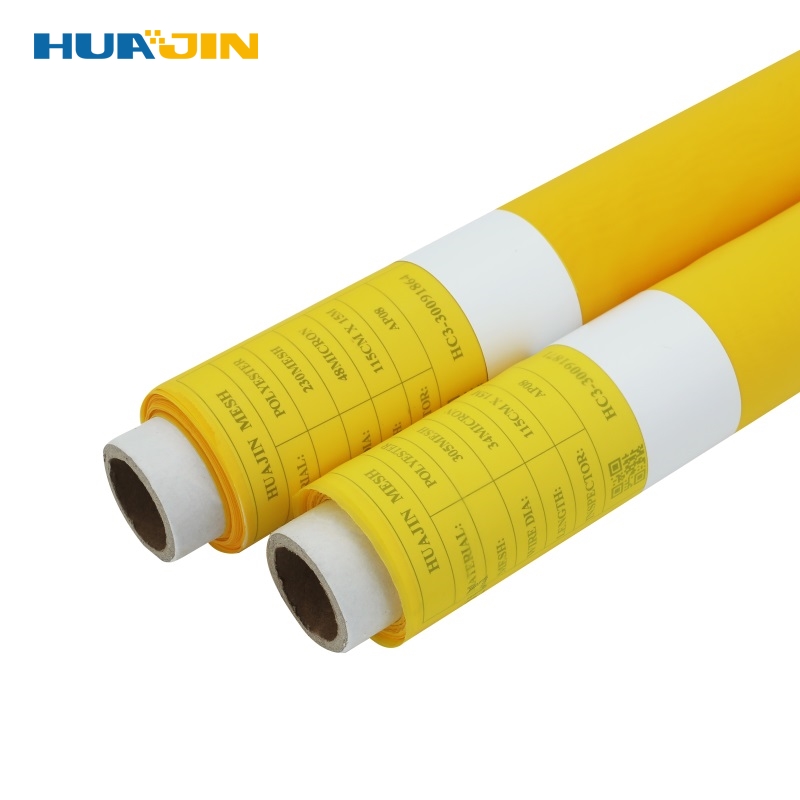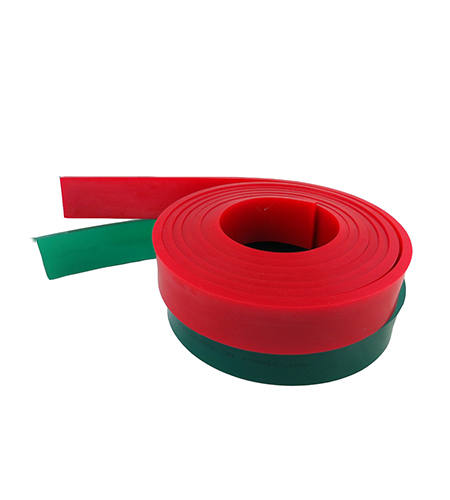1. Paste version
The paste plate, also known as the blocking plate, refers to the phenomenon that the through-hole part of the screen printing plate cannot transfer the ink to the substrate during printing. The appearance of this phenomenon will affect the printing quality, and even normal printing may not be carried out in severe cases.
The reasons for the paste phenomenon in the screen printing process are complicated. The reasons for the paste version can be analyzed from the following aspects:
① Reasons for glass: The glass surface is not cleaned, and there are still watermarks, paper prints, mimeographs, fingerprints, dust particles and other contaminants. resulting in blurring;
② Reasons for workshop temperature, humidity and ink properties. The screen printing workshop is required to maintain a certain temperature of about 20 ℃ and a relative humidity of about 50%. If the temperature is high and the relative humidity is low, the volatile solvent in the ink will evaporate quickly, and the viscosity of the ink on the screen will become high, which will block Live mesh. Another point that should be noted is that if the downtime is too long, it will also produce a paste phenomenon, and the longer the time is, the more serious the paste will be. Secondly, if the ambient temperature is low, the poor fluidity of the ink is also prone to smearing;
③ The reason for the screen printing plate. The prepared screen printing plate can be used after being rinsed with water and dried before use. If the plate is placed for too long after it is made, it is not printed in time. During the storage process, more or less dust will adhere to it, and if it is not cleaned during printing, it will cause paste.
④ Reasons for printing pressure. During the printing process, the imprinting force is too large, which will bend the squeegee. The squeegee and the screen printing plate and the glass are not in line contact, but are in surface contact, so that the ink can be scraped off each time, leaving residual ink. , after a certain period of time, the conjunctiva will cause a paste.
⑤ Reasons for improper clearance between screen printing plate and glass. The gap between the screen printing plate and the glass should not be too small. If the gap is too small, the screen printing plate cannot be separated from the glass in time after scratching. When the screen printing plate is lifted, a certain amount of ink will be glued to the bottom of the printing plate, which is also easy to cause paste. plate.
⑥ The reason for the ink is that when the pigments and other solid particles in the screen printing ink are large, it is easy to block the mesh.
In addition, the mesh number and through hole area selected are smaller than the particle size of the ink, which makes it difficult for the ink with coarser particles to pass through the mesh holes and seal the screen. For the paste caused by the large particles of the ink, it can be solved from the time of manufacturing the ink. The main method is to strictly control the fineness of the ink.
During the printing process, the viscosity of the ink increases and causes the plate to paste. The main reason is that the solvent of the ink on the screen printing plate evaporates, resulting in an increase in the viscosity of the ink, and the phenomenon of screen sealing occurs. If the printed image area is relatively large, the ink consumption on the screen printing plate will be more, and the phenomenon of smearing will be less. If the image area is small and the ink consumption on the screen printing plate is small, it is easy to cause the plate to paste. The poor fluidity of the ink will cause the ink to smear when it does not pass through the screen. This situation can be solved by reducing the viscosity of the ink and improving the fluidity of the ink without affecting the printing quality. After the paste failure occurs, it can be scrubbed with an appropriate solvent according to the nature of the ink on the plate. The main point of scrubbing is to start from the printing surface and gently wipe from the middle to the periphery. After wiping, check the printing plate. If there is any defect, it should be repaired in time. After repairing, the printing can be restarted. It should be noted that the plate film becomes thinner every time it is scrubbed. If the plate film is severely damaged during wiping, it has to be replaced with a new plate for printing.




